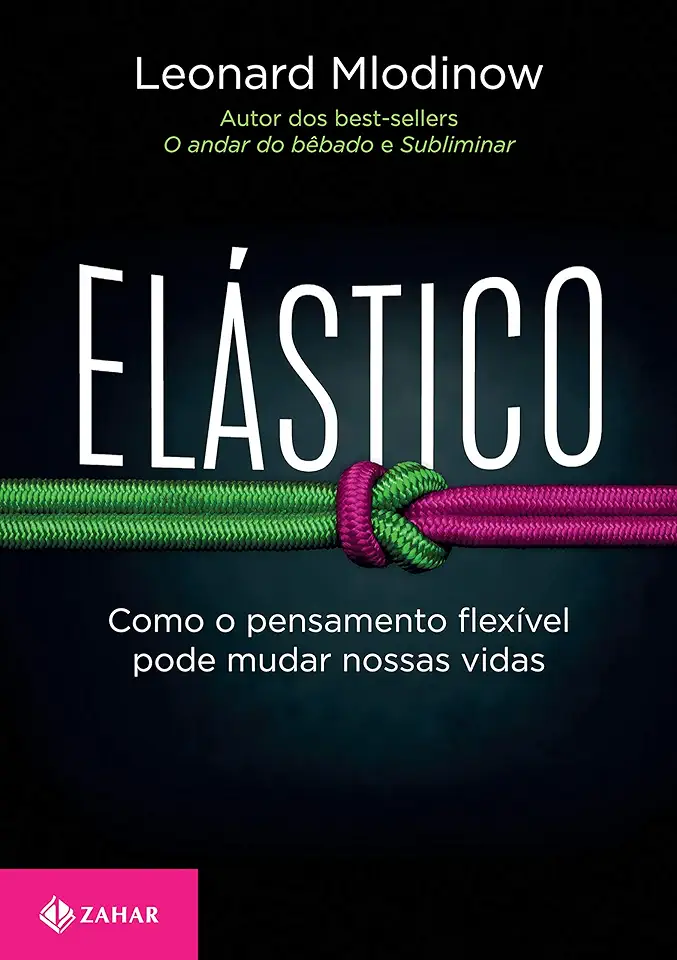
Elastic: Flexible Thinking in a Time of Change
Elastic: Flexible Thinking in a Time of Change
In a world that is constantly changing, it is essential to be able to adapt and think flexibly. In his book, "Elastic: Flexible Thinking in a Time of Change," Leonard Mlodinow argues that the ability to think elastically is key to success in the 21st century.
The Importance of Elastic Thinking
Mlodinow begins by defining elastic thinking as "the ability to stretch and contract your thinking to fit the situation." He argues that this type of thinking is essential for success in a world that is constantly changing.
In the past, people could rely on a relatively stable set of knowledge and skills to get by. However, in today's world, the pace of change is so rapid that it is impossible to keep up with everything. As a result, we need to be able to think flexibly and adapt to new situations quickly.
The Four Pillars of Elastic Thinking
Mlodinow identifies four pillars of elastic thinking:
- Openness to new ideas: This means being willing to consider new information and perspectives, even if they challenge our existing beliefs.
- Curiosity: This means being constantly curious about the world around us and always looking for new things to learn.
- Creativity: This means being able to generate new ideas and solutions to problems.
- Resilience: This means being able to bounce back from setbacks and failures.
How to Develop Elastic Thinking
Mlodinow offers a number of tips for developing elastic thinking, including:
- Read widely: Reading exposes us to new ideas and perspectives, and helps us to develop a more flexible mindset.
- Talk to people from different backgrounds: Interacting with people from different backgrounds helps us to understand different viewpoints and ways of thinking.
- Travel: Traveling to new places exposes us to new cultures and experiences, and helps us to develop a more global perspective.
- Take risks: Stepping outside of our comfort zones and taking risks helps us to learn from our mistakes and develop a more resilient mindset.
The Benefits of Elastic Thinking
Elastic thinking has a number of benefits, including:
- Increased creativity: Elastic thinking helps us to generate new ideas and solutions to problems.
- Improved problem-solving skills: Elastic thinking helps us to see problems from different perspectives and find creative solutions.
- Enhanced decision-making: Elastic thinking helps us to make better decisions by considering all of our options and weighing the pros and cons of each.
- Greater resilience: Elastic thinking helps us to bounce back from setbacks and failures and to learn from our mistakes.
Conclusion
In "Elastic: Flexible Thinking in a Time of Change," Leonard Mlodinow argues that the ability to think elastically is key to success in the 21st century. He identifies four pillars of elastic thinking and offers a number of tips for developing this essential skill. Elastic thinking has a number of benefits, including increased creativity, improved problem-solving skills, enhanced decision-making, and greater resilience. If you want to be successful in today's world, you need to be able to think elastically.